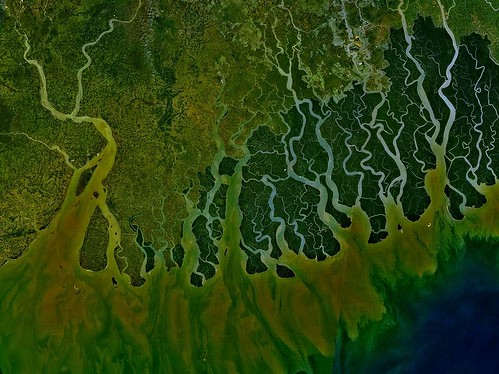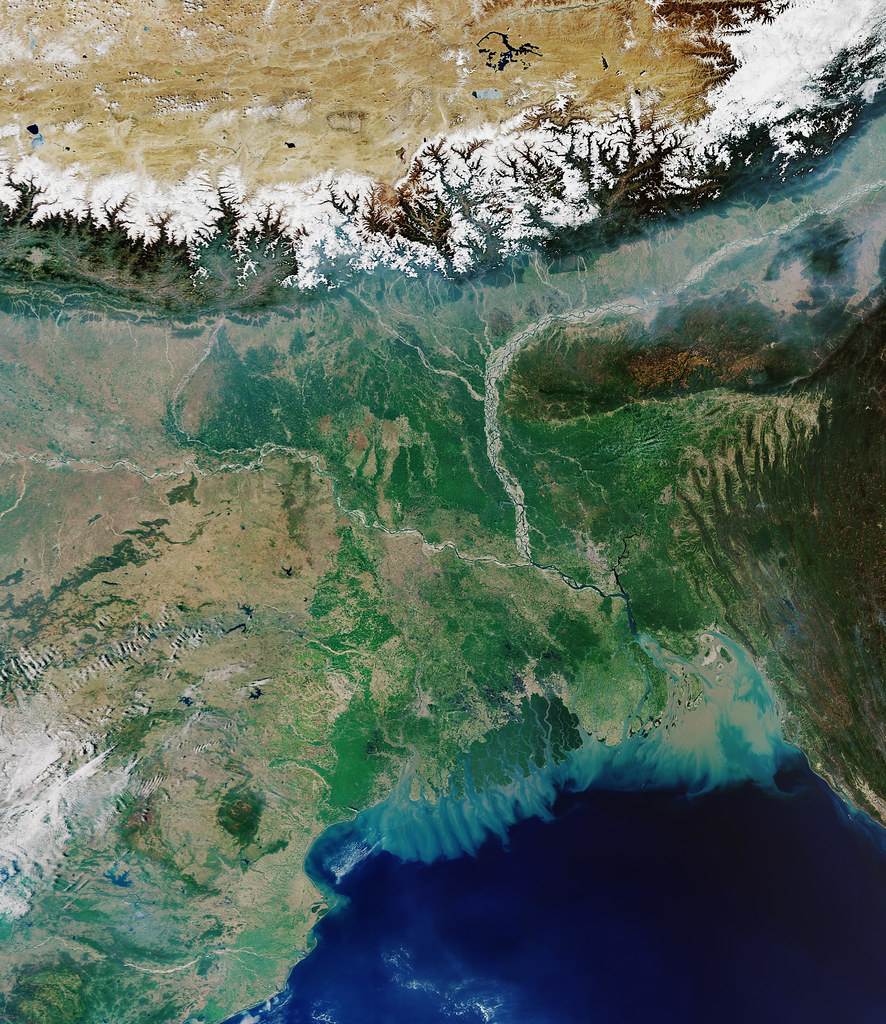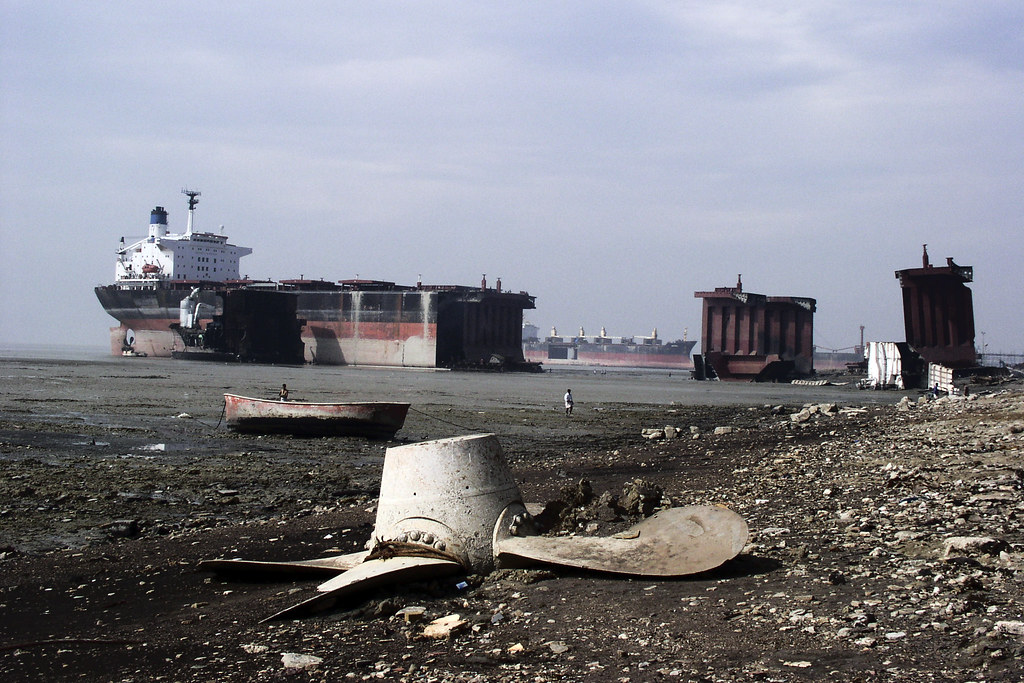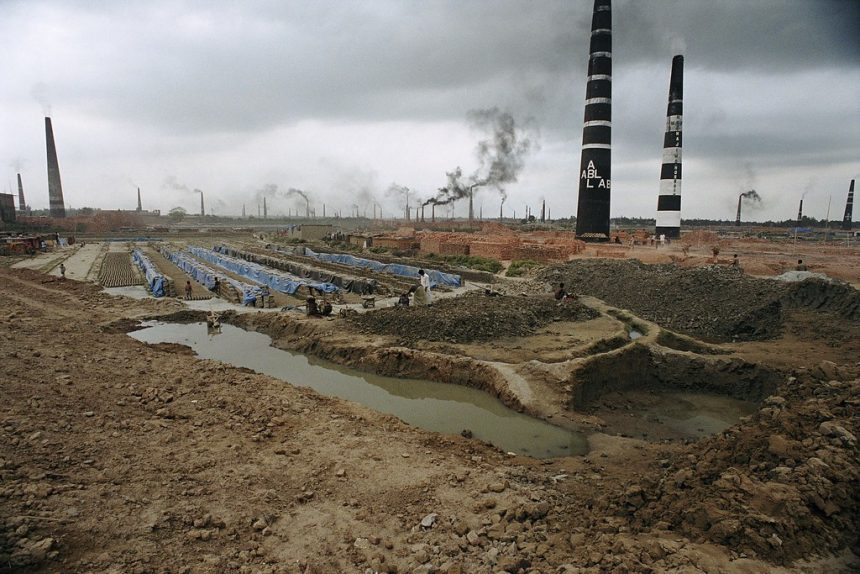Making water available for 160 million people and irrigation for about 9.5 million hectares (according to Soil Resources Development Institute of Bangladesh in 2010) for growing crops to feed this huge population is becoming harder when we are killing our life sources, putting a noose around them. (Hasan, Hossain, Bari, & Islam, 2013) Water is being withdrawn from 57 trans-boundary rivers upstream in the neighbouring countries while many rivers are dying and declining in navigability due to dearth of water. Currently, the issue of water in Bangladesh is a matter of life and death for the people. We must have a hard and fast river policy in place and strict laws with proper implementation apparatuses to protect and sustain the water resources. The present situation of the rivers and water status of the country – causes and possible remedies focusing on the internal river systems and water bodies will be assessed in the following sections of this paper.

Bangladesh is a land created by the Ganges-Brahmaputra delta spanning most of the country and Indian West Bengal. It empties into the Bay of Bengal and is the world’s largest delta covering an area of 105,641 square kilometers. (Delta Alliance International, 2010) Although the Ganges delta lies mostly in Bangladesh and India, rivers from Bhutan, China, India, and Nepal drain into it from the north. Approximately two-thirds of the delta is in Bangladesh. Most of the delta is composed of alluvial soils made up of small sediment particles that settle down as river currents slowdown in the estuary.
Diversion of water and the creation of dams for hydroelectric power or to create reservoirs alter delta ecosystems. Dams block sedimentation, which cause the delta to erode. Use of water upstream increases salinity levels as less fresh water flows to meet the salty ocean water. The part of the Ganges Delta in Bangladesh is one of the most extreme examples of the ecological devastation caused to deltas by damming and diverting water.
Bangladesh is home to 405 rivers out of which 57 are trans-boundary. There are many other large and small bodies of water such as ponds, natural depressions (haor, baor and beel), lakes, canals, rivers and estuaries covering an area of 4.56 million hectares in addition to the rivers in the country. (Abdullah-Bin-Farid, Mondal, Satu, Adhikary and Saha, 2013) Food for 160.46 million people from the cultivable land of about 9.5 million hectares. Livelihood of around 49 percent of 56.7 million total labour force of the country is directly employed in the agriculture sector depend on these rivers and water bodies. (Asian Development Bank, 2012)
Unfortunately, the river systems of the country and bodies of water are at stake due to unilateral withdrawal upstream from the international rivers, while the domestic rivers and other bodies are dying and reaching extinction because of grabbing and polluting by the unscrupulous greedy people.
Impacts of Climatic Change
Natural disasters occur in Bangladesh almost every year as a result of global warming and climate change impacts. Around 80 percent of the total area of the country is prone to flooding. Tropical cyclones have hit the south and the south-eastern parts of the country several times in the past decades. Salinity has been increased in almost all of the coastal belt areas along the Bay of Bengal. Extreme temperatures are becoming a major problem in the north and north-western parts of the country. (Denissen, 2012)

Coastal floods, tidal surges, river-bank erosion, salinity, tropical cyclones etc. are affecting almost one fourth of population of the country that live in the coastal areas. Bangladesh may lose about 15 percent of its 147,570 sq. km. land area to the sea and about 30 million people living in the coastal areas would possibly become refugees because of climate change impacts with one meter sea-levels rising. Salinity in the coastal areas of the country has already been increased to some extent intruding about 100 km upwards from the sea coasts in the summer due to climate change and salt water shrimp farming. (Denissen, 2012)
There is a looming danger of submerging the Sundarbans, the largest mangrove forest in the world having an area of 577,00 ha, by 75 percent if the sea rises by 45 centimeters and it will submerge in full if the sea rises 1 meter. Floods occur almost every other year in some districts of the country. (Sánchez-Triana, Paul, Ortolano, & Ruitenebeek (Eds.), 2014)
Patterns of rainfall have already been changed and crop yields would decrease significantly risking food security of the vast population. People lose their agricultural land and homesteads due to river erosion caused by floods and they migrate to urban areas of the country resulting in dwindling quality of life, putting pressure on the urban facilities.
Impact on Agriculture and Fisheries
Agriculture is still the mainstay of the country’s economy which contributed 16.33 percent to the GDP in FY 2013-14. (bdnews24.com, 2015) Agriculture sector of Bangladesh employs 47.3 percentof56.7 million working people sector. (Bangladesh Bureau of Statistics, 2010) About 70 percent of the country’s 147,570 square kilometer landmass is used for agricultural purposes. (The World Bank, 2016)
Impacts of climate change on the agriculture sector in Bangladesh would be devastating for the economy and food security of the population. Crop production is declining due to extreme temperatures, drought, and salinity. Temperature and rainfall changes have already affected crop output in several regions of the country and the area of cultivable land has already been reduced significantly. Increasing salinity in the coastal belt is creating severe implications to the fertility of the land. It is to be noted that most of the land area of Bangladesh is less than 10 meters above sea level and about 10 percent of the country’s people live below a 1 meter elevation. The growth of agriculture is in a declining trend. It was projected to 3.4FY 2014 down from 5.24 percent in 2009-10. (Rahman, Bhattacharya, Khatun, Moazzem, & Khan, 2014)
Climate Change is also taking its toll on the fisheries and aquaculture of the country. Due to dried up rivers and water bodies many indigenous fresh water fish species have come on the verge of extinction. Though the total fish production has increased by 25 percent in the last 5 years due to adoption of modern aquaculture and innovative hybrid, exotic species and improved and increased fishing trawlers in the Bay of Bengal. According to the FAO, the fisheries sector is contributing 3.8 percent to the GDP, employing about 1.2 million and 0.3 million people respectively by inland and marine fisheries sub sectors providing55 percent of animal protein intake to the nation. (Food and Agriculture Organization of the United Nations, 2014)
Bangladesh produced around 3.4million tons of fish of which 82.73 percent inland and 17.27 percent marine species and earned BDT 41.5897 billion i.e. 530.46 million US$ (approximately) in exporting 84,905 metric ton of fish in 2012-13. (Fisheries Statistical Yearbook of Bangladesh, 2014)
Governance of Water Resources
Human interventions and interruptions to water resources are no less responsible than the climate change issue for degrading water bodies, extinction of indigenous fish and other biological elements, and for that matter inevitable danger of transforming the land and environment towards a substandard level, making it unlivable for both humans and animals including fish. The consequence would be having an unfriendly environment for all living beings and lack of food production for man and animal. In this situation, governance of water resources and environment should be set in firm footing in terms of effective policy and legal framework. Let us look at the condition of the current governance situation of the country’s water bodies looking at the activities of the relevant government ministries and departments.

Lack of up to date policy and legal framework along with taking up projects without taking the local people into confidence and widespread corruption mars the governance of water resources. Development projects are not being taken considering people’s benefit often rather out of vested interests.
Ground Realities
The ground reality of the water situation would be explained through facts published in the media. The 6 months of news clippings published by Association for Land Reform and Development in March 2015 titling Dokhol Dushoner Kobole Desher Nodi [Domestic Rivers are Affected by Grabbing and Polluting] refers to a news item saying that a pond at the sub-district headquarter premises of Dakop, Khulna, was going to be filled in for construction purposes while 80 thousand local people are dependent on its water, not considering their objections submitted written to the respective local authority. (Association for Land Reform and Development, 2015) There is also an abundance of corruption in the development projects and leasing process of the water bodies. Institutional capacity and knowledge base should be enhanced for efficient project planning and implementation.
Relevant policies and laws should be updated and implementable. Implementing agencies should be efficient and devoid of loopholes and corruption practices. There should be no tolerance for corruption and vested interests.
Two very important things to protect our rivers and water bodies are saving them from grabbers and looters and protecting them from pollution as well as not to take up any projects to interrupt its flow in the name of irrigation projects barraging or putting sluice gates making inroads across the rivers or water bodies.
Salt water shrimp farming should be discarded to protect fertility of agricultural land, vegetation and livelihood of local people along with biodiversity, especially the Sundarbans.
Way Forward
To mitigate the problems discussed, including knowledge and technology of the respective government agencies, should be enhanced along with cleaning from corruption. People’s organisations working on these issues should also be trained to be able to provide policy support to the government, raise awareness of the community people and help formulate and implement beneficial projects. Modern technology to monitor and assess the positions of the bodies of water and respective areas should be adopted.
In regards to the international rivers, people to people interaction is very much needed to pressurise the governments to not take up harmful projects relating to rivers, environment and livelihood of the people.
Conclusion
Governments should take up transparent, beneficial and comprehensive packages to protect the rivers and the water bodies. Flow of the rivers should not be contained as the Indian Prime Minister Narendra Modi said in his recent speech in Dhaka “Birds, air and water don’t need visa.” So, according to him, we should not put barriers on water flows of the rivers. Now, a question arises, will India discard all of its projects that put barriers to the natural flow of the rivers and keeping them as vibrant as before? If it really happens, the rivers and environment will be saved and we would be able to leave a verdant land to our progeny. Otherwise, they would not forgive us for the misdeeds we have done to our rivers and environment.
This article was first published in the Dhaka Courier on March 15th, 2017.


